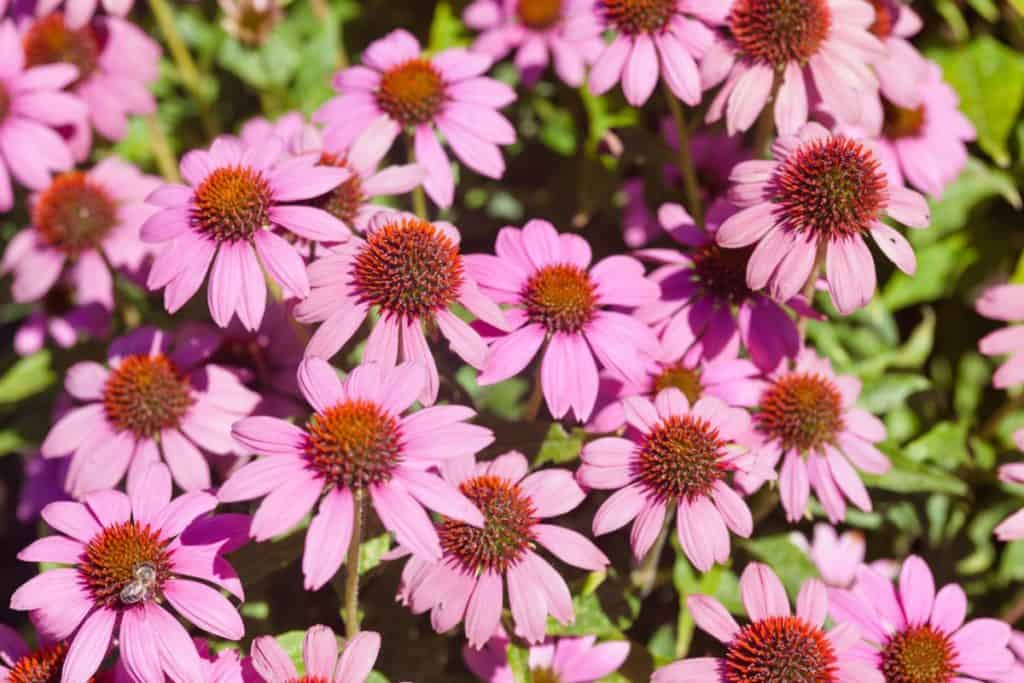

#WHEN TO TRANSPLANT PURPLE CONEFLOWER FULL#
Otherwise, they might not come back during the springtime due to not enough root growth.Ĭhoose a location that gets full or mostly full sun (at least 6 to 8 hours every day). You may choose to plant coneflowers in the Fall, but make sure they have at least 6 weeks to become established before your first frost. Transplant the seedlings into your garden or plant your purchased small plants in the Spring or Early Summer once the soil reaches the right temperature. You can figure out your Last Spring Frost Date Here. You can also find coneflowers sold as small plants with blooms already starting to be set.įor starting seeds indoors, begin a month before the last spring frost date. You can choose to either directly sow seeds outdoors once the soil is warm enough, or you can start seeds indoors.

The soil temperature should be above 65º Fahrenheit (18º Celsius) when you sow seeds directly into the soil or transplant seedlings. Consider amending soil with plenty of compost if needed. They also prefer a soil pH of around 6.5 to 7.0. They do, however, like soil that drains well and is rich in organic matter.
#WHEN TO TRANSPLANT PURPLE CONEFLOWER HOW TO#
How To Plant, Grow, And Maintain Coneflowers Soil Requirements for ConeflowersĬoneflowers are able to adapt to almost any soil type since they are native flowers. Knowing how to grow coneflowers can add a lot of visual interest to your property.

They also have attractive, dark green foliage.Ĭoneflowers come in a wide variety of sizes and bloom colors! While purple is the most common color, they also come in shades of yellow, white, red, pink, orange, and coral. Their petals can range in color from shades of white, red, pink, orange, coral, and even bright yellow. The purple Coneflower is the most iconic variety, but they come in many different colors as well. Varieties of Coneflowers – How To Grow ConeflowersĬoneflower varieties range in size from two feet to four feet tall. This process is called Succession Planting, and it allows you to have beautiful flower blooms from early Spring until Fall.ĭid we also mention that coneflowers are the perfect perennial flower for attracting pollinators as well? Their large cones and bright petals attract beautiful butterflies and bees, and the seed heads will attract songbirds after they bloom. Because of their late blooming, they make great flowers to plant in areas where Spring-blooming flowers may be dying off. These native flowers start blooming in mid-Summer and last until the first Fall frost. Not only are they drought tolerant once established, but they are also deer resistant, too! Once coneflowers are established, they are super easy to maintain and care for. They have strong stems that shouldn’t require staking even though they can have fairly large flower heads. Their distinctive blooms have a rounded, raised cone-like center with colorful petals surrounding them.

Birds will also enjoy the seed heads once the blooms start to die.Ĭoneflowers are a member of the Daisy family. They are perfect for attracting bees and butterflies. Coneflowers feature a large, cone-like seed head center surrounded by bright petals.


 0 kommentar(er)
0 kommentar(er)
